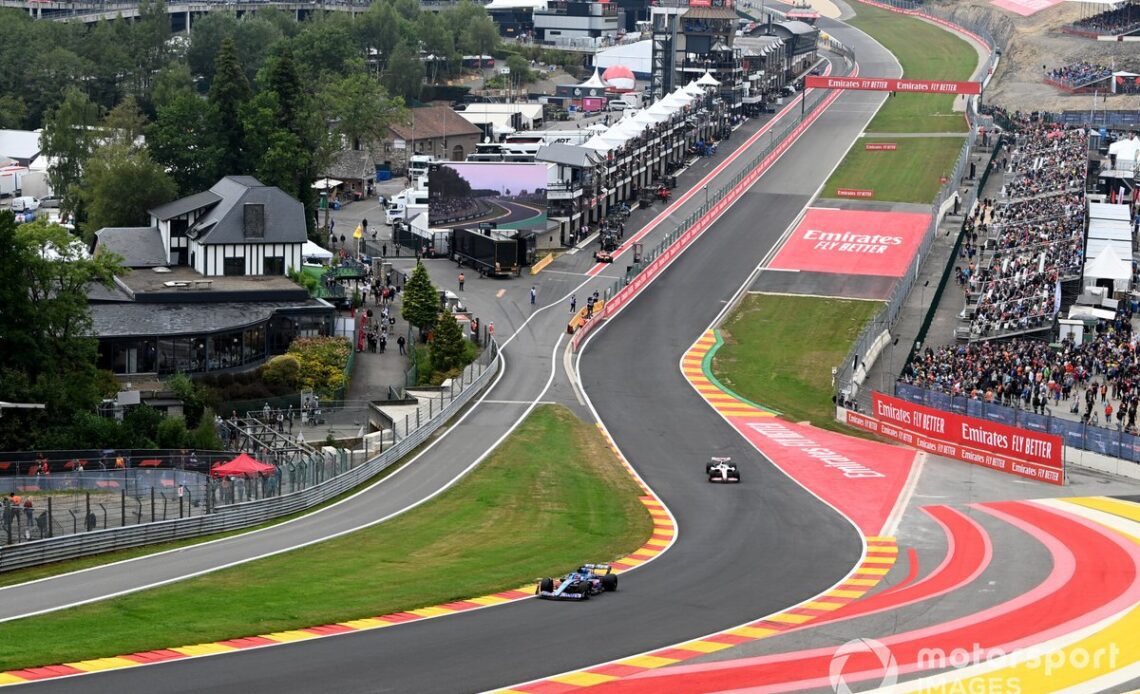Motor racing’s governing body has come under fire for making a late alternation to the 2023 technical regulations to help limit the potential for cars to bounce.
It initially acted this year, introducing a porpoising metric from this weekend’s Belgian Grand Prix, to help limit the amount teams are allowed to let their cars bounce.
It came after drivers complained about the physical trauma they were facing from the phenomenon, and subsequent research showed that there was potential for brain damage if they were exposed to shaking too much.
Beyond the current changes, the FIA initially planned to raise the F1 floor edges by 25mm for next season as well.
That move prompted a kickback from teams who felt it was too late to make such a major revision to car designs.
In the end, following discussions between FIA president Mohammed Ben Sulayem and teams and drivers, a compromise was reached for the change to be 15mm.
But with teams appearing to have had porpoising very much under control in recent weeks, some teams still feel that the 2023 changes were not necessary – and world champion Max Verstappen said this week he felt it was over the top.
Fernando Alonso, Alpine A522, Kevin Magnussen, Haas VF-22
Photo by: Mark Sutton / Motorsport Images
Asked by Autosport for his response to the criticism, the FIA’s head of single seater matters Nikolas Tombazis felt it would have been wholly wrong to have done nothing and opened the risk of drivers facing long-term health problems.
“We see that generally speaking, with the increase of performance, there’s also a tendency to increase that [porpoising] phenomenon,” he said. “At the same time, teams are learning more about it and they can control it better.
“Now, we have to act responsibly in this sport. We see examples of other sports who have ignored long-term effects of certain conditions they subject the sportsman under, so we felt we had to take the long-term view on this.
“These regulations will continue until 2025 inclusive, before we go to the new regulations for 2026, and we felt it was better to act early than to be here discussing the same thing again, in one year’s time, and so on.
“So it was the combination of all of these factors. Plus, of course, we did compromise. The President got heavily involved in all of this compromise and therefore I think we came up with the right solution in the end.
“But we’ve got no doubt that some people on one side of the argument would say…
Click Here to Read the Full Original Article at Autosport.com – Formula 1 – Stories…

